Why is it difficult to replicate livestock models in Western Nghe An?
(Baonghean.vn) - In recent years, thanks to support from the central to local levels, livestock farming models in the West have been implemented. However, although considered a "midwife" for the highland people to escape poverty, in reality, many models still face difficulties in spreading and replicating.
Successful but difficult to replicate
In 2018, thanks to support from the Government's Rapid and Sustainable Poverty Reduction Program 30a, the Ky Son District Animal Husbandry and Veterinary Station (at the time when it had not yet merged into the District Agricultural Service Center) implemented a model to support raising wild boars for disadvantaged people in Huu Kiem and Chieu Luu communes, with a total of 135 pigs, each household in the model was supported with 5 pigs, including sows for breeding. This is a specialty pig breed, adaptable to the conditions and weather in the mountains and has high value in the market; it is expected to be replicated to generate income for people as well as preserve the precious pig breed.
However, up to now, in the communes that built the model at that time, finding the wild boars from the past is not easy. This breed of pig is almost gone in the area!
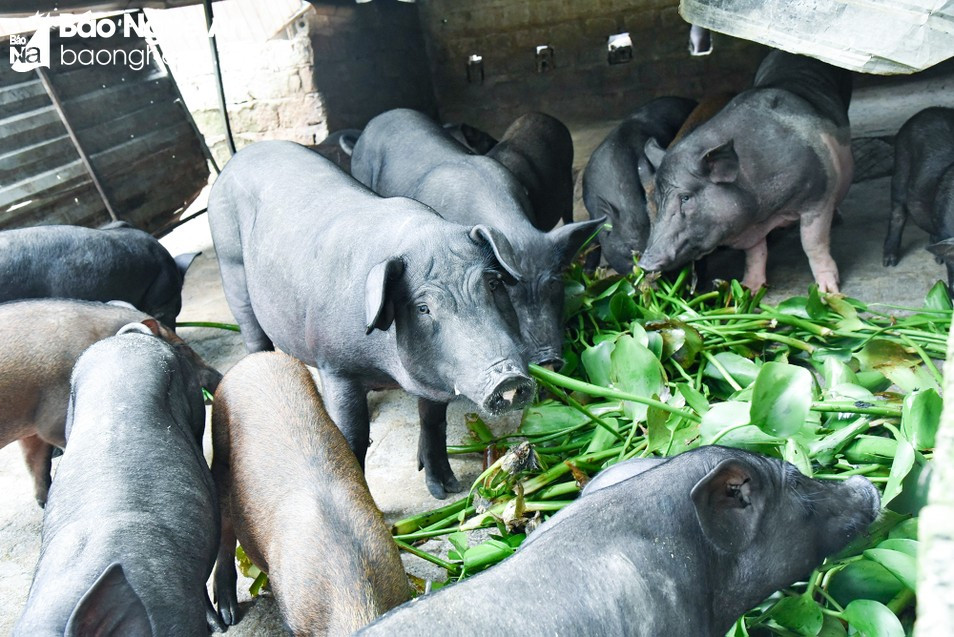
Mr. La Van Ha - Chairman of the People's Committee of Huu Kiem Commune said: At that time, when the specialty pigs were brought back, everyone was happy and excited. The pigs adapted quickly to the environment, grew well and also gave birth to many litters, and people also sold them to earn income. However, in the period of 2019 - 2020, African swine fever broke out, most wild pigs were infected and had to be destroyed, so far, this breed of pig has no longer appeared in the area. This is a great regret.
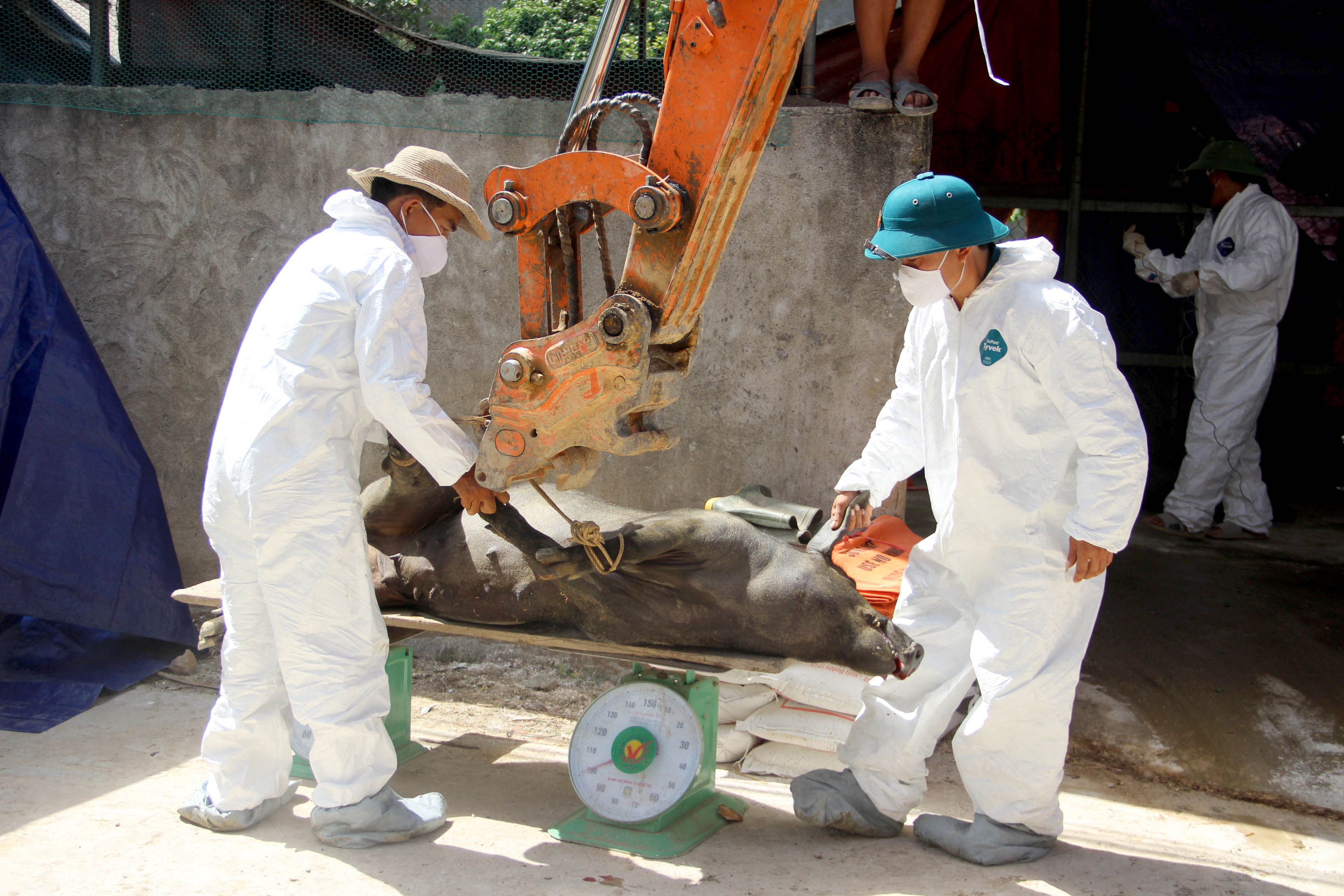
Currently, African swine fever has been basically controlled, but people in Huu Kiem and Chieu Luu communes have not re-herded this pig breed, although initial results have been recorded. The main reason is the mentality of waiting for support from all levels, not proactively buying pig breeds to develop the economy.
10 years ago, in My Ly and Muong Long communes (Ky Son), there was also a project to support porcupine farming for people. Although porcupines grew well and reproduced, the difficulty lay in the output of the product, as the market at that time did not favor this animal, the selling price was cheap, not compensating for the care. Since then, people have not been interested in expanding this animal breed.
Not only in Ky Son district, but also in the highland areas, the implementation of the model has shown effectiveness, but after a period of time, the replication has been very difficult. In 2019, in the communes of Mon Son and Binh Chuan (Con Cuong), a model of raising ducks from Program 135 was implemented, with about 5,000 breeds. This is also a specialty duck breed in Nghe An. However, up to now, the replication of ducks has encountered difficulties due to the output as well as the unscientific breeding practices of the people.
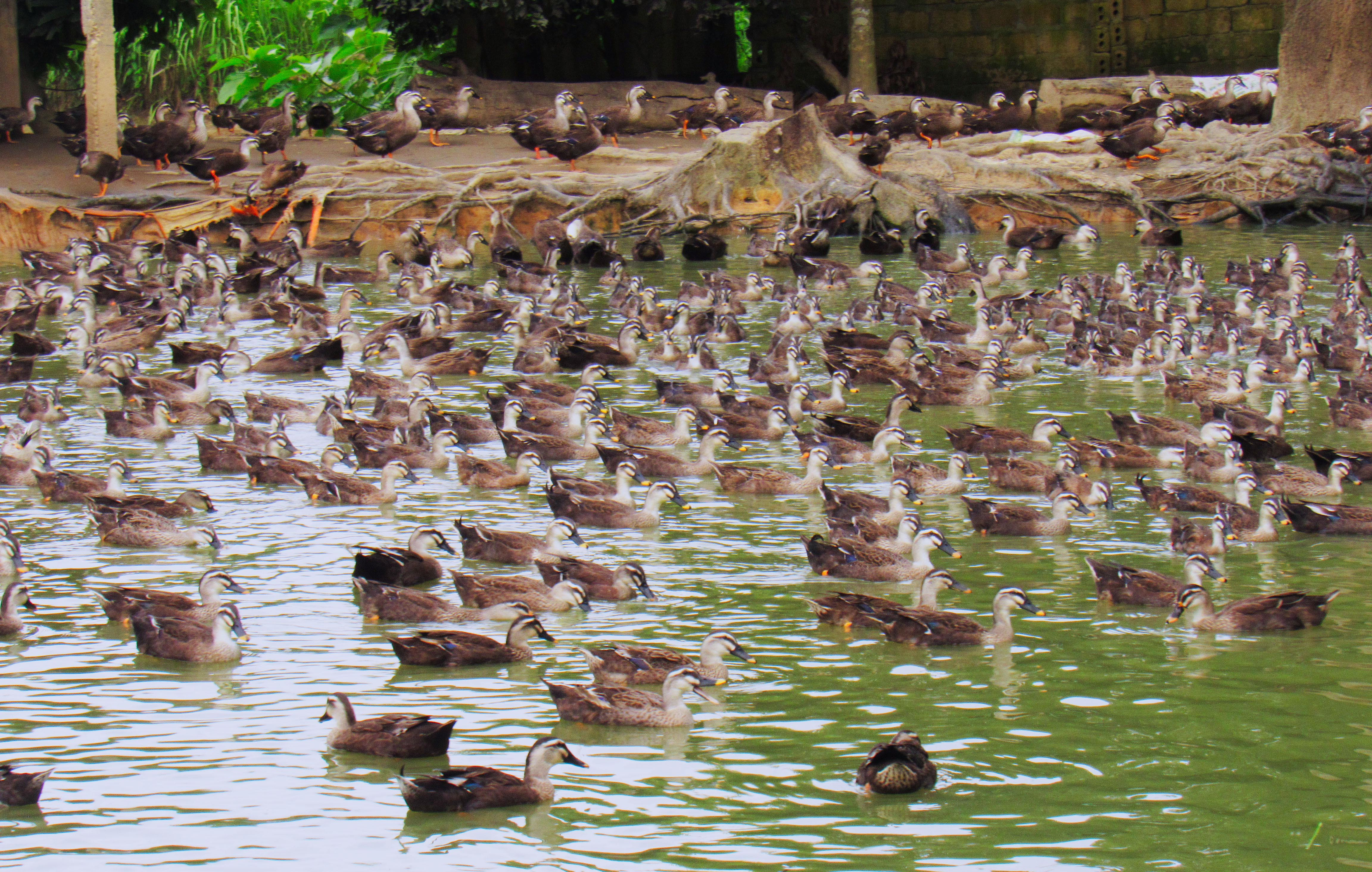
Mr. Lo Van Ly - Head of the Department of Agriculture and Rural Development of Con Cuong district said: At that time, the ducks grew quite well, but there was no large consumer unit, so people consumed them in a fragmented manner. Moreover, people still maintained the practice of free-range farming, not closed, leading to ducks being susceptible to avian influenza virus. Up to now, although this duck breed still exists, it is very difficult to replicate as originally planned.
Through practical research, it can be frankly stated that backward livestock farming practices and limited awareness of a part of the highland people are the main causes leading to the sad reality that livestock farming models are difficult to sustain and difficult to replicate.
In fact, the goal of the models is to “give fishing rods” to the people; after the breeds have spawned, reached the right weight and quality for sale, and have income, people need to continue investing in new breeds to restore and maintain the herd. However, many households have used that money for other purposes, and continue to rely on support for breeds from the programs. If this mindset does not change, hunger eradication and poverty reduction from the models will still be very difficult.
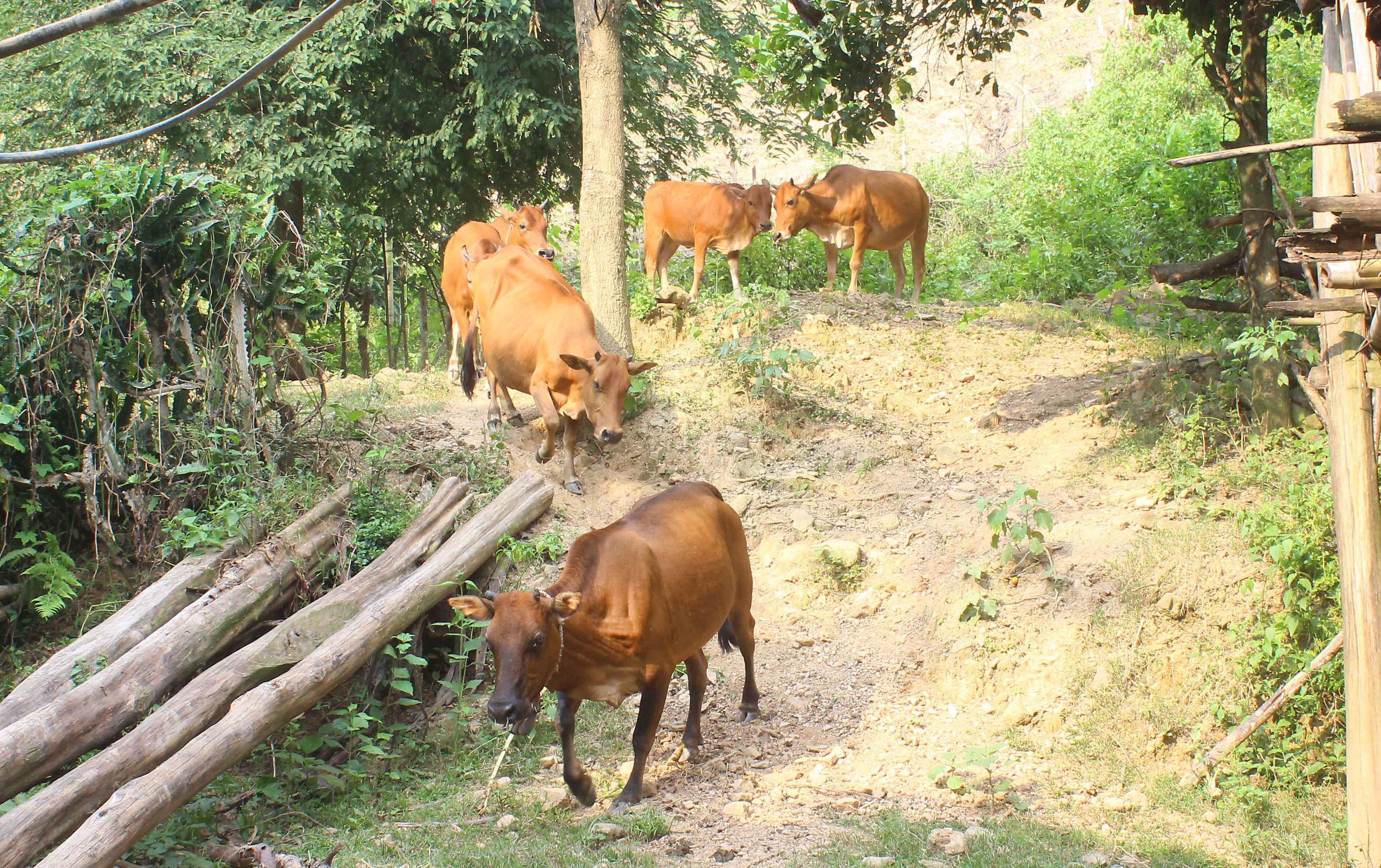
“The livestock farming practices of the highland people have many limitations, mainly free-range grazing, without building barns, leading to pig, buffalo, cow breeds... belonging to models that are susceptible to diseases, such as African swine fever, lumpy skin disease... Meanwhile, people are still subjective, the vaccination rate for livestock in the area is only about 20% of the total herd, the number of vaccines is completely provided, people pay for vaccination very little", Mr. Ngan Van Thao - Director of Ky Son Agricultural Service Center added.
Need a sustainable direction
Shining among a series of "short-lived" models, there are still some models that have been effective in the long term thanks to the model owner's passion for livestock, focusing on investment and care. Mr. Lo Khanh Khang's family in Ta Ca commune, Ky Son district is currently raising dozens of bamboo rats. This is a specialty of the Nghe highlands, with high value in the market. Mr. Khang said that he has been raising bamboo rats for several years now, the bamboo rats grow well, reproduce a lot, and the number is constantly increasing. Last year, the family sold more than 100 bamboo rats.
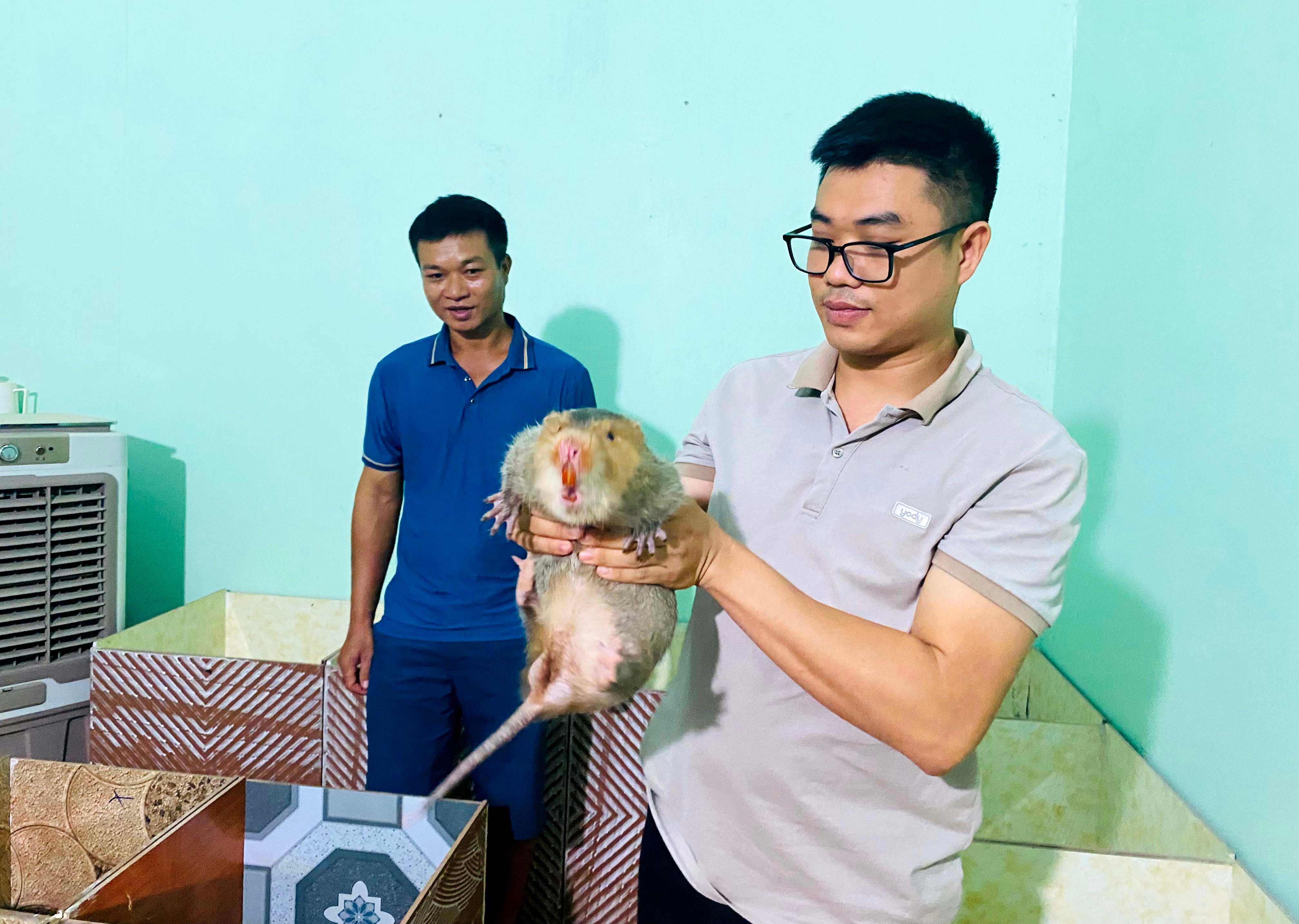
Visiting this bamboo rat breeding model, we noted that the breeding area is closed, limiting strangers from entering and exiting, the breeding pens are clean and scientific. Basic veterinary medicines are also always prepared by the model owner when the bamboo rat's health has problems.
In Que Phong district, some models of raising black pigs, native chickens, and caged fish have also been effective and are being replicated with safe and secure farming methods. In particular, product output is more focused on by the locality and farmers, so consumption is basically favorable. For example, the model of raising native chickens in Nam Giai commune was deployed by the Provincial Agricultural Extension Center in 2021. Initially, it was only tested with 5 households, however, thanks to proper farming techniques and stable output due to prior commitment to consumption, the number of households participating in the model has continuously increased, to date there are 18 households.
Mr. Bui Van Hien - Vice Chairman of Que Phong District People's Committee said: The issue of hunger eradication, poverty reduction and replication of models in the West needs to be clearly defined in order to have reasonable support solutions. If the goal is to replicate specialty plants and animals, the model should only be focused on bringing to households with potential, technical skills and economic security.
Those households are fully equipped with knowledge and conditions to help plants and animals grow and develop well, thereby expanding. On the contrary, if the supply of plants and animals to poor households in the West mainly focuses on hunger eradication and poverty reduction, it is necessary to clearly understand the specific limitations in their habits, cultivation, and awareness; from there, do better propaganda and orientation work so that people can change their farming and planting habits, train in appropriate techniques, and closely accompany the people, only then will the model be sustainable.
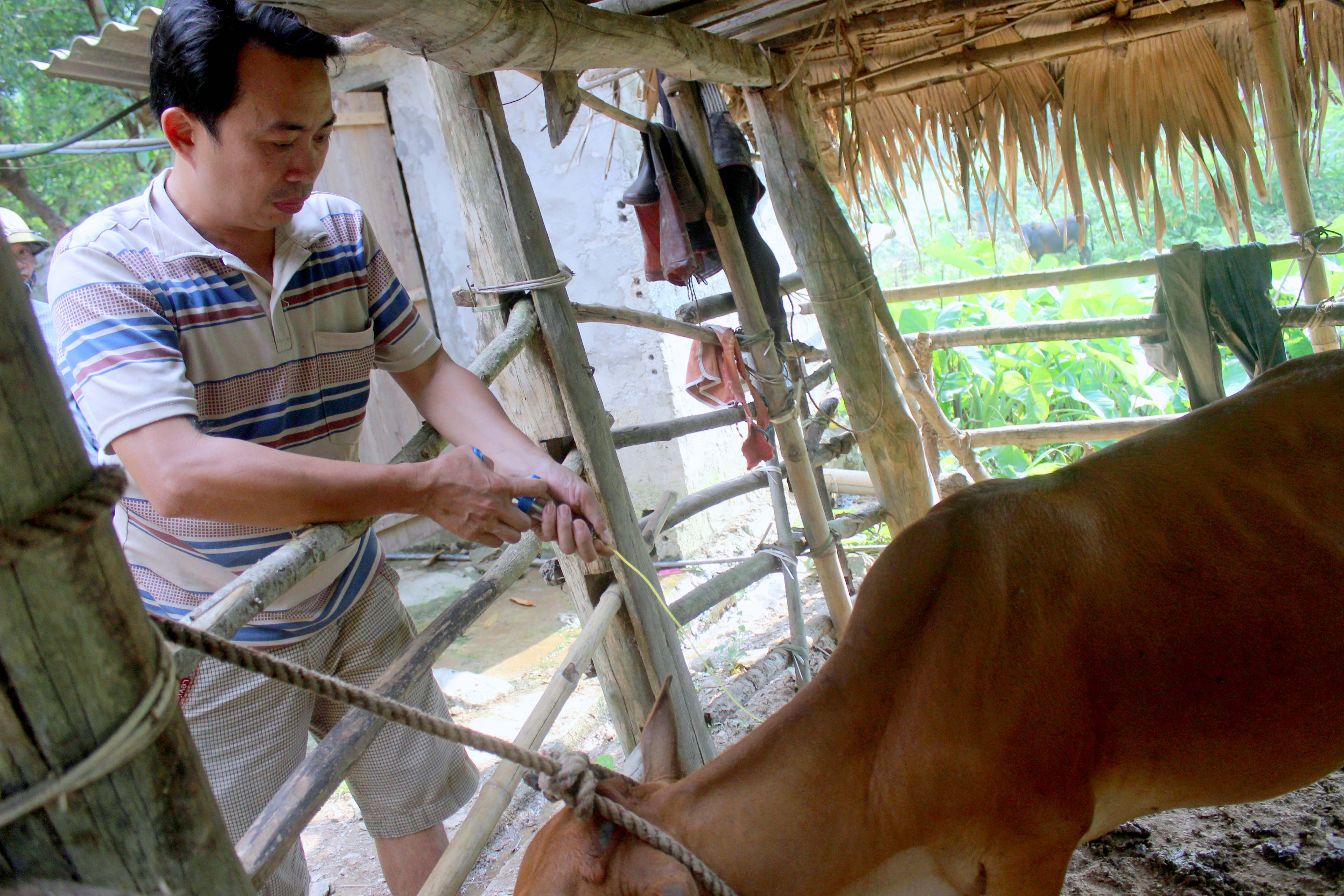
In the period 2016 - 2020, on average each year the center has 3 models to support livestock farming for the highland districts of Nghe An. From 2020 to now, each year there are about 6 agricultural extension models to support breeding animals for poor households in the West to stabilize their lives, focusing on native livestock such as buffalo, cows, chickens, ducks, goats, etc. In order for the models to develop sustainably and be more widely replicated, propaganda and orientation work for people to change their livestock farming habits and practices is very important; in which, focusing on building barns, vaccination, etc. must be given top priority. Localities and authorities need to strengthen training in techniques and livestock farming skills for people, in addition, before implementing the model, it is necessary to calculate stable output for livestock.

